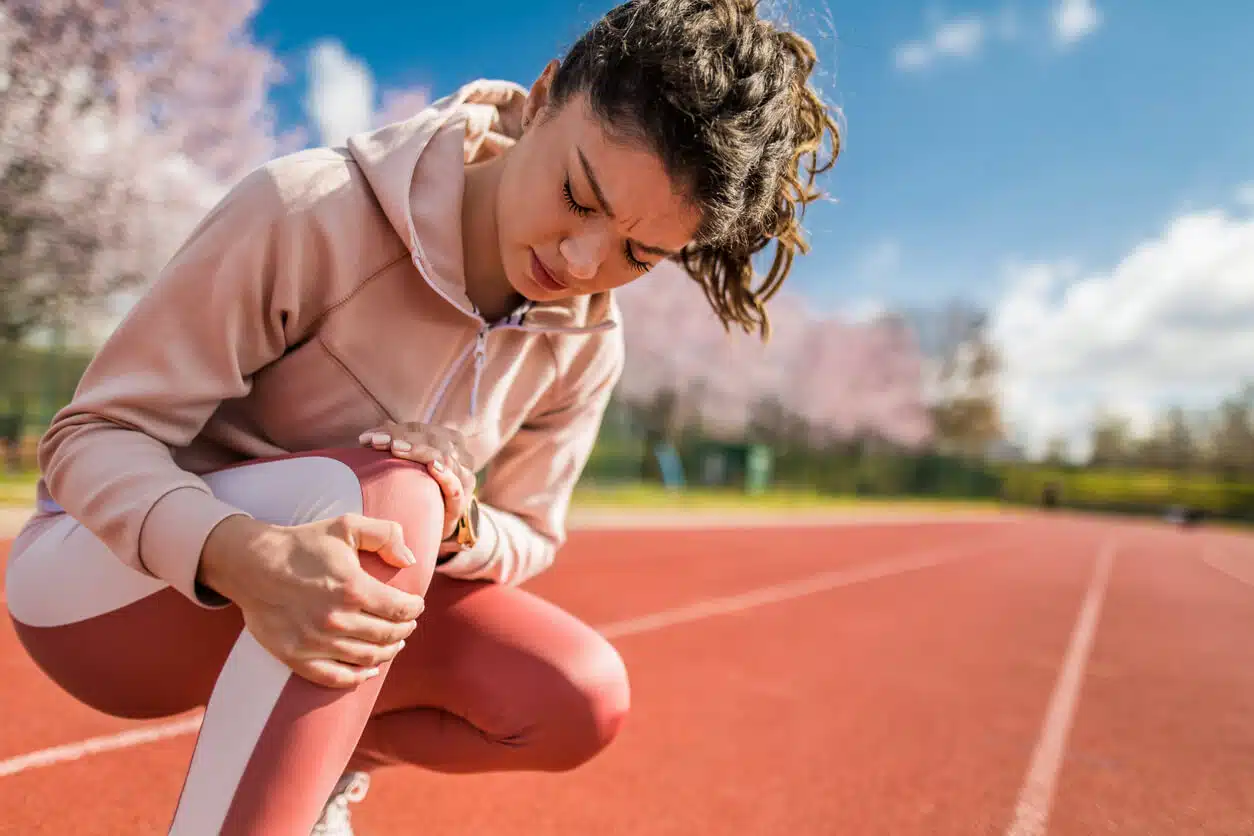
The anterior cruciate ligament (ACL) plays a vital role in our ability to perform high-impact activities, making it an essential component for athletes across a myriad of sports. Unfortunately, ACL injuries are common. Often, they require surgery and a lengthy period of rehabilitation to return to the field, court, or track. The journey from the operating room back to high-impact sports after ACL surgery and full athletic performance is filled with both physical and psychological challenges.
However, it is also a journey of triumph, showcasing the spirit of athletes who overcome these obstacles.
Challenges in Returning to High-Impact Sports
Returning to high-impact sports after ACL surgery presents a multifaceted challenge for athletes. These challenges can be categorized into physical, mental, and the inherent risk of re-injury.
Each of these aspects requires careful navigation to ensure a successful return to competitive sports.
1. Physical Challenges
The physical journey back to high-impact sports is often the first concern for athletes post-ACL surgery. The body must heal from the surgery and regain strength, flexibility, and endurance.
Strength
One of the most significant physical challenges is rebuilding the strength in the muscles around the knee, such as the quadriceps and hamstrings, to support the newly repaired ligament.
Range of Motion
Additionally, athletes must work on regaining the full range of motion in their knee, which is crucial for performing at their pre-injury levels. This process can be slow and sometimes frustrating, as the body may not respond as quickly as one would hope.
Balance
Balance and proprioception (the sense of the relative position of one’s own parts of the body and the strength of effort being employed in movement) are also critical areas that need attention.
2. Mental Challenges
The mental hurdles in returning to high-impact sports can sometimes be more daunting than the physical ones.
Fear of Re-Injury
Fear of re-injury is a common concern among athletes. Trusting the repaired knee to withstand the rigors of high-impact activity again takes not only physical readiness but also mental confidence.
This psychological barrier can affect performance, with athletes potentially hesitating or holding back, which ironically can increase the risk of injury.
The Rehabilitation Process
Additionally, the long rehabilitation process can take a toll on an athlete’s mental health. Some factors that can lead to feelings of frustration, anxiety, and even depression include:
- The isolation from team activities
- The repetitive nature of rehab exercises
- The slow progress
Athletes need to develop mental resilience and find strategies to cope with these challenges, such as:
- Focusing on small milestones
- Maintaining a positive outlook
- Seeking support from coaches, psychologists, and fellow athletes
3. Risk of Re-Injury
The risk of re-tearing the ACL, whether in the same knee or the uninjured one, is a reality that athletes must confront.
This risk is compounded by the fact that returning to sports too soon, before the knee is fully healed and the athlete is physically and mentally ready, significantly increases the likelihood of re-injury.
To mitigate these risks, athletes, coaches, and medical professionals must work together to ensure that the athlete meets specific criteria before returning to play. This includes:
- Physical benchmarks, such as strength and flexibility
- Functional tests that simulate the demands of their sport
A carefully planned and executed return-to-sport strategy is essential to minimize the risk of re-injury and help athletes return to their sports safely and confidently.
When is the Right Time to Return?
Determining the right time to return to high-impact sports involves a careful evaluation of various factors, each indicating the athlete’s readiness to resume their sport safely.
Physical Healing and Strength
The primary consideration is whether the knee has healed sufficiently and regained enough strength to withstand the demands of high-impact sports.
This includes the surgical site and the surrounding muscles and ligaments that support knee stability and function.
Restoration of Mobility and Flexibility
Athletes should be able to demonstrate the same level of mobility, or very close to it, as they had before the injury.
Functional Testing
Before an athlete can consider returning, they must pass a series of functional tests designed to assess the knee’s:
- Stability
- Strength
- Agility
Psychological Readiness
Often overlooked, the athlete’s mental state plays a significant role in their return to sports. Confidence in the knee’s ability to perform without fear of re-injury is essential.
Athletes may need to work with sports psychologists or counselors to address any lingering concerns or anxiety.
Medical Clearance
Finally, obtaining medical clearance from the healthcare professionals overseeing the athlete’s recovery is non-negotiable.
High-Quality ACL Surgery in Bismarck, ND
Returning to high-impact sports after ACL surgery is a testament to the resilience, dedication, and hard work of athletes. By adhering to a structured rehabilitation program, listening to the advice of medical and coaching professionals, and drawing strength from personal support systems, athletes can navigate this journey successfully.
You can turn to The Bone & Joint Center if you need ACL surgery. Our very own Dr. Joseph W. Carlson will make sure you receive nothing short of the best care you deserve. Call our helpful staff today at (800) 424-2663 for any questions about our knee surgery services. If you wish to book a visit with the top orthopedic doctor near you, call (701) 946-7400 / (866) 900-8650 or fill out our online appointment request form.
We look forward to serving you!

